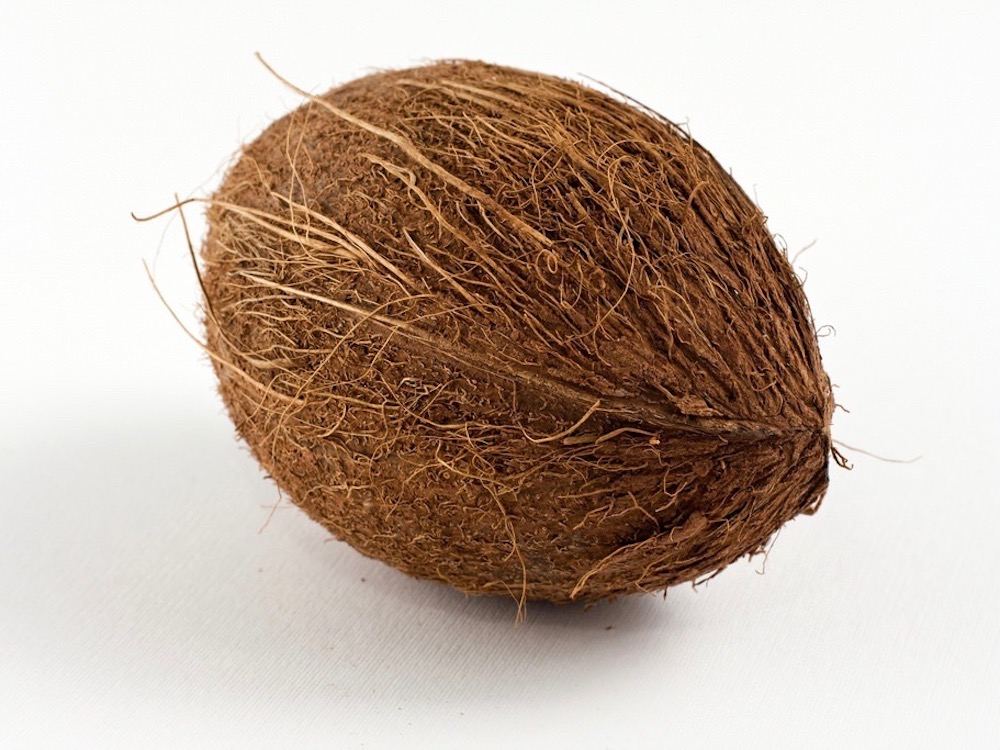
No products found.
No products found.
If you think the term “coconut aminos” has something to do with amino acids, you are absolutely correct. But there is a bit more to it than that.
When people refer to coconut aminos, they are referring to a liquid crafted from the aged sap of coconut blossoms and salt.
Users who are looking for something low-glycemic or gluten-free generally use it as a replacement for soy sauce. It also is popular among vegans.
Coconut aminos have about one-third of the sodium content that you will find in soy sauce, and they feature 17 amino acids in all.
In the following article, we will be taking a deeper dive with the people who use coconut aminos, and we will be discussing the benefits, potential side effects, and unique issues you may run in to when using them. Let’s begin.
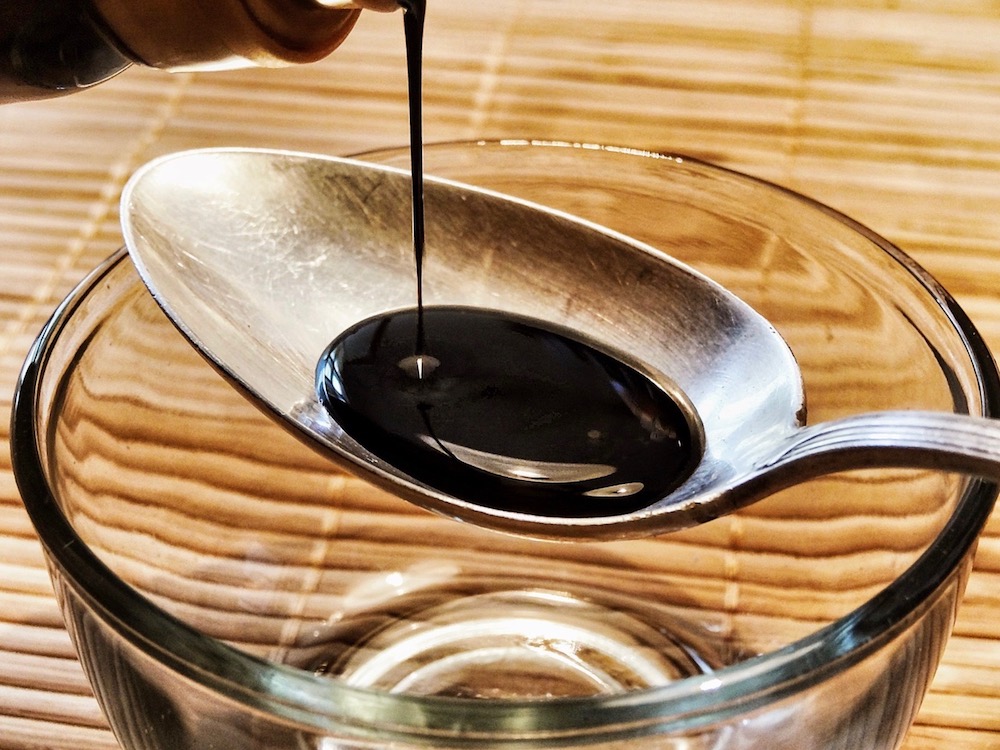
Coconut Aminos are used as a replacement for soy sauce.
Who Primarily Uses Coconut Aminos?
Coconut aminos are widely loved by a growing throng of people — particularly those watching their soy and salt intake or those on special diets. Here are just a few “types” of people most likely to drench it on their sushi.
Paleo Dieters
The Paleo diet references our ancestors, who lived more than 10,000 years ago. The idea behind it is this: we were once hunter-gatherers, but with agriculture, we became more civilized and less reliant on stalking and killing our prey.
As a result, we would grow to eat more processed food, making our bodies weaker and weaker with each passing generation.
Now, never mind the fact that the earliest mentions of the coconut date back to the early 9th Century (800s), thus making the coconut tree a relatively new discovery that came far after the paleolithic era.
For starters, the “earliest mention” may not be the origin date of the plant itself; and secondly, the coconut tree yields many of the nutritional components that our earliest ancestors would have loved.
Thought to be a leaner and more muscular lot, the paleo version of mankind would not have been able to resist the amino acid content found in coconuts if they had known of them.
Amino acids, as you probably know, are the second-largest component of human muscles and other tissues (behind water).
Coconut aminos is a favorite because it has “the same salty tang” of soy sauce without the soy and wheat that so polluted the agricultural era of human food processing and production.
Non-GMO Dieters
If you are reading this, you probably know what a GMO is; but so not to be presumptious, we will go ahead and say it even though it strikes a tone of revulsion.
GMOs are genetically modified organisms. There are about 20 high-risk ones that you should absolutely avoid, according to Dr. Edward Group with the Global Healing Center.
Group lists them out with detailed explanations as to why you should stay far, far away.
Since this is not an article on the dangers of GMOs, we will just say you should give his piece a look when you get a chance.
For now, here are the GMOs with obvious risk factors:
- Aspartame (found in pretty much every artificial sweetener)
- Corn (unless you grow it yourself, of course)
- Sugar beets
- High fructose corn syrup (for the love of God, no)
- Soy (because many soy-based products are processed)
- Corn starch
- Tomatoes
- Sausage
- Ice Cream
- Non-organic and Synthetic vitamins
- Infant formula
- Beef (linked to all kinds of issues: obesity, cancer, diabetes, etc.)
- Milk
- Alfalfa
- Vegetable oil
- Canola oil
- Margarine and shortening
- Hawaiian papaya
- Squash
- Flax (like soy, you are not sure what you are getting)
Group says the best answer “is to search for foods that have been labeled as non-GMO,” and if unsure, “ask at the store or contact the manufacturer of the product.”
Most people probably will not do that. Even so, simply planting and eating from your own garden or buying non-GMO-labeled products will ensure you are making a significant reduction in the amount of harmful materials entering your body.
As for the risks if you do not: the Institute for Responsible Technology states that by mixing genes from totally unrelated species, “genetic engineering unleashes a host of unpredictable side effects.
Moreover, irrespective of the type of genes that are inserted, the very process of creating a GM plant can result in massive collateral damage that produces new toxins, allergens, carcinogens, and nutritional deficiencies.”
Soy Avoiders
As you will notice from the above list, soy gets grouped in as a GMO danger, but we would be remiss if we did not mention its beneficial qualities.
For example, eating soy has been linked to lower cholesterol as well as lowering the risk of certain types of breast and prostate cancer, according to the Scientific American.
However, at the same time, studies have suggested that too much soy could “reduce fertility in women, trigger early puberty and disrupt development of fetuses and children,” the site adds.
Couples looking to get pregnant may want to rid the fridge of soy milk.
Dr. Oz notes that if you consume whole soy foods instead of processed materials, you can avoid the dangers while reaping the benefits, adding that edamame, tofu, and fermented soy foods, are the best options.
Gluten Avoiders
The operative sound in gluten is “glue,” which is exactly how the protein-based substance acts to help foods maintain their shapes and consistencies.
Gluten is not an altogether evil thing, and you will find it abundantly in wheatberries, graham, barley, and other major wheat products, as well as products you may not expect (i.e., energy bars, french fries, processed lunch meats, meat substitutes, lipstick, communion wafers, and, yes, soy sauce).
Gluten only gets to be a problem when you a) have too much of it; or b) have a natural intolerance such as those found in sufferers of celiac disease.
Celiac disease is when the body initiates an immune response attacking the small intestine and making it difficult to properly absorb nutrients.
How Do Coconut Aminos Help?
Going down the list, paleo dieters love coconut aminos because it contains essential elements (amino acids) in the goal to build muscle and “lean up”; the non-GMO crowd loves it because it is not genetically modified, and it acts as a worthy substitute for foods that are.
Soy and gluten avoiders love it for these reasons, as well as the fact it offers an alternative to foods that may bring with them certain allergens or digestive conditions.
Also, in a bit of overlap, it can be tough to tell when soy is processed and when it is not, so using coconut aminos to avoid soy altogether is a viable solution.
The Neutral pH
Thankfully, coconut aminos are considered pH neutral, which is a fancy way of saying they are not acidic or alkaline, or it keeps a 7.0 on the pH meter.
This is good because if your blood pH were to vary 1 or 2 points in either direction, it would change the electrical chemistry in your body, there would be no electrical power, and in short order, you would drop dead.
That is not to say, “Eat coconut aminos or die,” but it is easy to see how maintaining a neutral balance — and consuming foods that help you maintain that neutral balance — is a good idea.
Coconut Aminos Ingredients
The short answer: 17 amino acids, vitamins, and minerals. According to the University of Arizona, there are 20 essential amino acids and 10 of those can be naturally produced in the human body. They are as follows:
- Alanine: used for low blood sugar (hypoglycemia), diarrhea-related dehydration, liver disease, and enlarged prostate. Can also help with stress and fatigue.
- Asparagine: used in the synthesis of proteins and helping the nervous system maintain an equilibrium.
- Aspartic acid: plays a major role in metabolism.
- Cysteine: aids the body in production of antioxidants.
- Glutamic acid: sends signals between nerve cells, plays a vital role in learning and memory.
- Glutamine: may assist with gut function and immune system processes, aids in coping with stress.
- Glycine: another neurotransmitter, this participates in several motor and sensory functions within the human body.
- Proline: helps to heal cartilage, thus cushioning joints; makes for a good anti-aging property.
- Serine: helps the immune system by assisting in the production of immunoglobulins and antibodies.
- Tyrosine: another neurotransmitter, this one aids in the production of epinephrine, norepinephrine, and dopamine.
The rest must be picked up through diet.
The coconut sap used for formulating coconut aminos contains all 10 of those listed above, plus an additional seven that can only be procured through diet.
The ultimate value of a food protein or a protein supplement is in its amino acid composition … Many physiological processes relating to bodybuilding from energy, recovery, muscle hypertrophy, fat loss, and strength gains are linked to amino acids.”
Other factors found in the sap include magnesium, potassium, and vitamin B. It also contains inulin (no, not insulin), which comprises about four-fifths of it.
This is important because inulin is a fiber that will nourish the probiotics found in the stomach, thus aiding in both digestion and immune support.

Coconut Aminos can promote better heart health, assisting with the promotion of good cholesterol and the elimination of bad.
Specific Body Benefits of Coconut Aminos
One need only take a deeper dive into each of the primary ingredients found in coconut aminos to know how they can be beneficial. But breaking away from all the science-y language, here are some benefits fans of the substance claim to have experienced.
Heart Protection, Regulated Cholesterol
According to WebMD, high cholesterol can result in “coronary artery disease (CAD), heart attack, stroke, or transient ischemic attack (TIA), and peripheral arterial disease.”
This is because of a condition known as atherosclerosis, which comes from a buildup of plaque on artery walls.
Now here is where it might get a tad confusing. Coconut aminos actually raise cholesterol levels, but as any consumer of statin drugs knows, there are two types — HDL and LDL, or good and bad cholesterol, respectively.
Coconut aminos boost the HDL, which crowds out the LDL.
Diabetes Targeting
Heavy soy diets have been linked to increased risk of developing diabetes. The opposite is true for coconut-friendly diets, and coconut aminos being a replacement for soy sauce, contributes to this.
While no one can say, “Take coconut aminos and you will not get diabetes,” the research is favorable. Using a teaspoon or tablespoon at a time should be considered part of the greater whole to live healthier and eliminate problematic foods from each part of your diet.
Weight Loss Assistance
Coconut aminos and other products increase a substance found in the bloodstream called adiponectin. In similar fashion to the whole HDL/LDL dispute, having more of adiponectin crowds out body fats from entering the bloodstream.
Immune System Boost
Antioxidants combat free radicals, which can cause various types of cancers. By consuming coconut aminos in place of other free radical-friendly foods, you can keep the A/O population thriving well enough to nip free radicals in the bud before they start to become a longer-term problem.
Colon Cancer Risk Management
A University of South Carolina study noted consumption of coconut aminos and other related products has coincided with reports of less inflammation and reduced occurrence of malignant tumors in the colon.
If you find yourself sitting a lot for work or school, a) stop; and b) work in more coconut to your daily diet, starting with that next plate of lo mein.
Mental Health Promotion
Because coconut and coconut aminos feature so many amino acids that serve as neurotransmitters to promote brain function, consumers believe that it could be beneficial to a variety of related disorders, such as depression, anxiety, panic, and obsessive compulsive disorder (OCD).
PCOS Treatment
Polycystic Ovary Syndrome (PCOS) is a condition resulting from hormonal imbalance in the brain and ovaries. The condition usually develops from elevated levels of the pituitary-based LH hormone or pancreas-based insulin.
As a result, ovaries begin making excessive amounts of testosterone.
The inositol and adiponectin found in coconut aminos can help lower the risk, and that is definitely a good thing because, in addition to being off hormonally, long-term sufferers can experience higher risk of heart disease and diabetes.
And from a nutritional standpoint, each teaspoon contains only five calories and one gram of sugar, so adding it to a healthy dish will not blow you up.
Factors to Consider When Buying Coconut Aminos
There are numerous factors to consider when purchasing coconut aminos.
You cannot assume that all are created equal. For example, some users have complained that certain products contain sodium levels that are higher than soy sauce — not good if that is what you are watching out for.
Also, depending on the type of salt used, coconut aminos can vary wildly in taste profiles, so experiment and refuse to give up if you do not like the first product you try.
Others criticize products for containing too many components of MSG, which stands for monosodium glutamate, a naturally occurring substance that companies often use for flavor enhancement.
In great quantities, it has been linked to allergic reactions, headaches, and weight gain.
Another major complaint is that coconut aminos can be expensive. Pricing is, of course, relative to one’s budget, but there are 16-ounce bottles on Amazon that go for over $10.
Compare this to certain soy sauce products that are less than that while giving you four times more content, and it is easy to see why this complaint comes up as much as it does.
Before buying a bottle, you should read reviews online and run price comparisons. It is also a good idea to talk with your local health food store as they often understand the products more on a microscopic level, and your satisfaction will mean more to them than selling one bottle of a product.
In other words, they are more likely to shoot straight with you at the risk of a lost sale today if it means they can earn your business tomorrow.
Favorite Coconut Amino Recipes
Convinced that coconut aminos are right for you, but want to do more than just pour it on sushi?
Great news.
The Internet is alive with recipes that incorporate this sauce in some fascinating and creative ways. As previously mentioned, many Asian dishes are custom-made for it as a soy sauce alternative, but you also can use it to cook dishes such as spaghetti and meatballs, turkey meatloaf, BBQ ribs, beef jerky, and steak marinade.
Follow the links for the full prep instructions, and also check out Primal Palate’s comprehensive listing here.
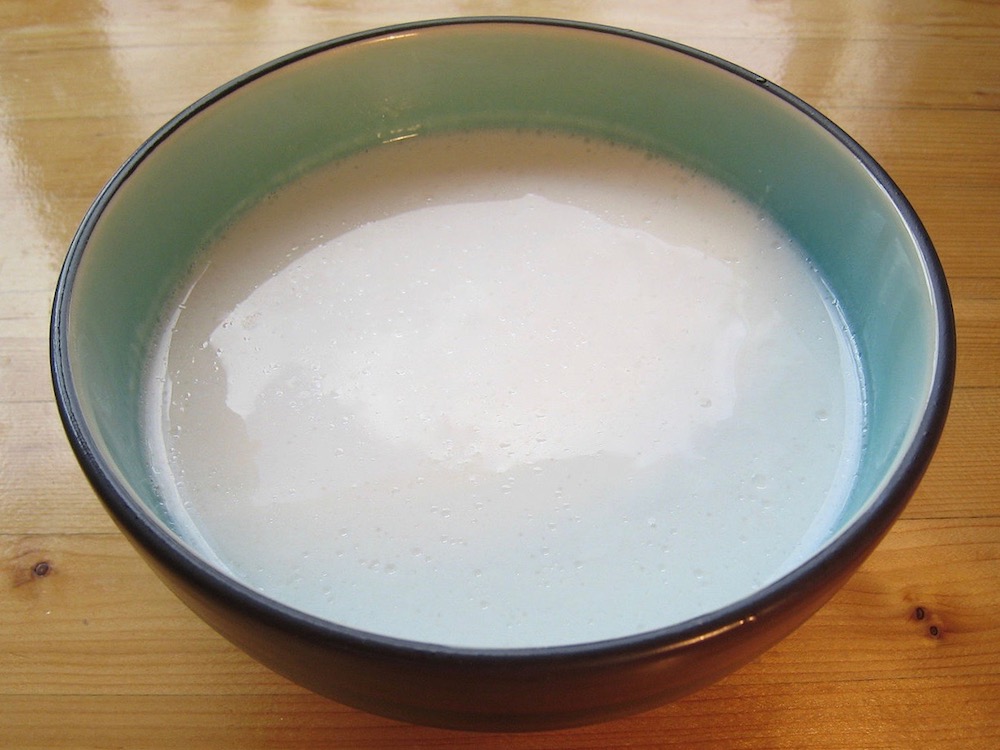
Other than coconut aminos, products like coconut milk (pictured) draw a number of users each year.
If You Like Coconut Aminos, You Will Want to Try These Out, Too
Should you see the value in coconut aminos, then you will be glad to know there are other ways that you can tap into the health and nutritional benefits.
Several of these could be topics for future articles, but for now, here is a rundown:
- Coconut Vinegar (used in cooking and as a condiment)
- Coconut Butter (used mostly in cooking, a substitute for coconut oil, also a great ingredient for mashed veggies and smoothies)
- Coconut Nectar (often replaces agave nectar in cooking)
- Coconut Sugar (frequently used in recipes in place of refined sugars)
- Shredded, Flaked, or Desiccated Coconut (cooking, usually as a dessert topping or ingredient)
- Coconut Flour (cooking, in place of ordinary flour for people who want to avoid gluten)
- Coconut Milk (cooking, usually in Asian foods, but also as a milk alternative for lattes and other beverages as well as cereals)
- Coconut Water (great beverage for individuals suffering dehydration or diarrhea)
- Coconut Oil (several cooking applications, keeps fats from turning into trans-fats thanks to the high saturated content; also used in beauty products such as moisturizers, soaps, toothpastes, and deodorants, to name a few)
Coconut Aminos Alternatives
The obvious alternative is soy sauce, but if you are looking into coconut aminos, then finding an alternative to soy is likely your reason. So if neither option works out for you, you might consider the following:
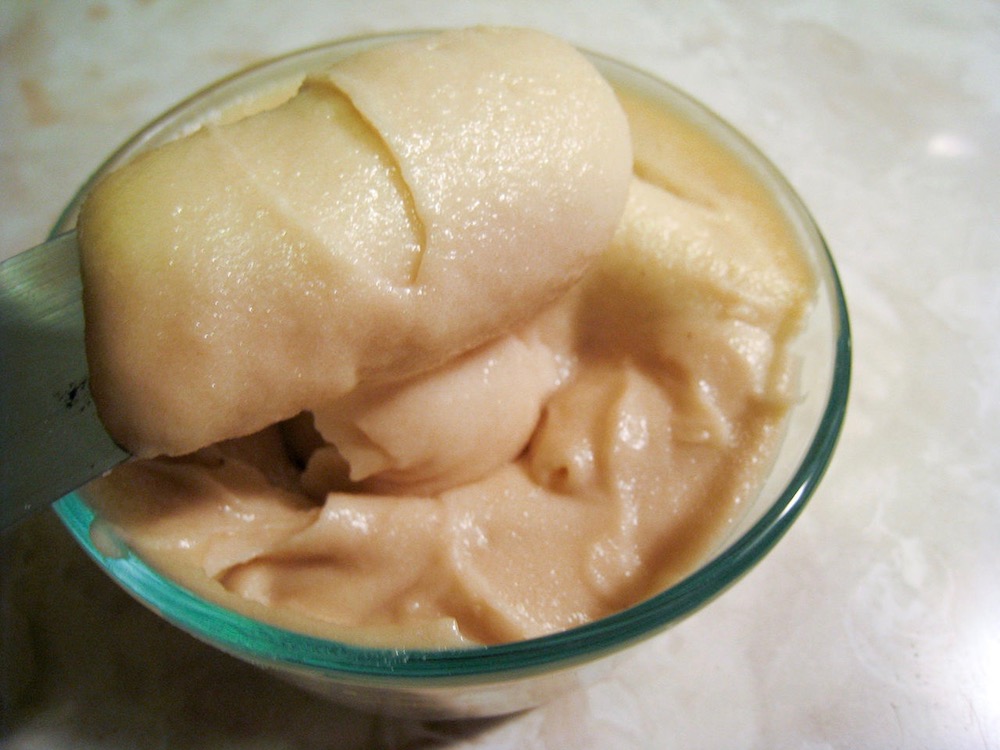
Some people with an intolerance for coconut-based products flock toward cashew cream and derivatives for the same or similar effects.
Cashew Cream
Cashew cream has almost one gram of protein per tablespoon. In that same serving, you will find 29 calories, 2.3 grams of fat, 0 milligrams of sodium, and only 1.6 grams of carbohydrates.
It also has a silky texture and a slightly sweeter flavor that will act as a good substitute for both soy sauce and coconut aminos.
Beef Broth, Vinegar, and Spices
If cashew cream is not to your liking, chef and blogger Melissa Joulwan has an alternative that is based on beef broth, vinegar, and spices.
Her recipe incorporates one cup of beef broth into two tablespoons of balsamic vinegar; two teaspoons of cider vinegar; and four teaspoons of blackstrap molasses. From there, she adds one-eighth of a teaspoon each of ground black pepper, granulated garlic powder, and ginger.
The finishing touches include one-fourth of a teaspoon of salt and one-half of a teaspoon of fish sauce (optional). Check out the preparation instructions here.
In Closing
Coconut aminos have enjoyed growing popularity along with other coconut-based foods. With all the nutritional building blocks that sap from the coconut tree contains, it is easy to see why.
That said, results will not be the same for everyone, and nothing you have just read here should be considered “medical” or “nutritional” advice.
You especially do not want to eat coconut if you have some sort of allergy or intolerance. If concerned about that, check with your doctor or healthcare professional first.
Have you ever tried a coconut aminos? What was your experience like? Share your thoughts in the comments section below.
Share on Pinterest
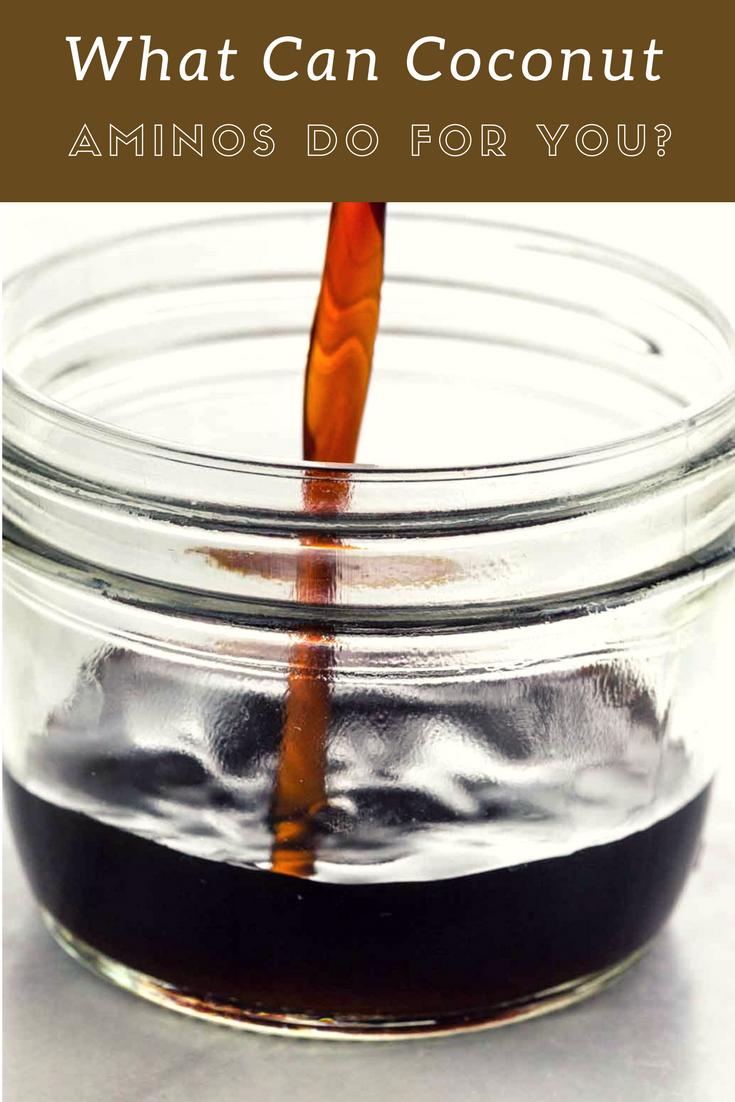
No products found.
No products found.
Leave a Reply